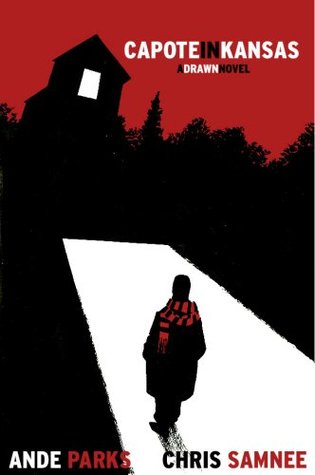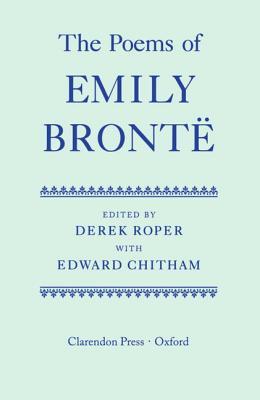You may (or may not) recall that at the end of last year I posted a piece about completing a 1,000-piece jigsaw puzzle called The World of Charles Dickens. It was maniacally difficult! So this year we decided to go easy on ourselves by trying to put together, instead, The World of Dracula:
Little did we know that it'd be even worse. Where the Dickens puzzle confounded us with endless little people wandering around mysterious streets with not much to distinguish them from one another, Dracula, by contrast, was all big strokes - lots of versions of the Count, in different poses, in different parts of his castle, surrounded by a seemingly limitless expanse of sky.
If it hadn't been for the bats and the clouds, I doubt if I could ever have pieced that sky together. It was rather canny of Bronwyn to concentrate on the interiors and the action scenes instead.
But why Dracula? What is it that attracts me, in particular, to this great repository of folklore and the collective cultural unconscious? It is, of course, by now, far more than a novel: it's been adapted and enacted so many forms in every conceivable medium: comics, film, games, radio, stage, television - you name it, there'll be a version of Dracula there.
I've written quite a bit on the subject already: a piece called "Marginalising Dracula" on the various annotated editions of the book I've collected over the years, as well as the curious scholarly rivalries they enshrine; another piece called "Dracula's Guest" on the prehistory of the novel - not to mention a bibliography of its author, Bram Stoker himself.
Perhaps the easiest way to explain its appeal is to go through some of the great showpiece scenes of his masterpiece - as visualised by the designer of this puzzle, Adam Simpson.
Here I am at the opening stages of the enterprise (apologies for the less-than-glamorous outfit, but you know how it is with getting to work right away on your things-to-assemble on Christmas morning!)
Arrival: This is a novel that starts strong. Jonathan Harker's picturesque tour of quaint old Transylvania is gradually overshadowed by the mysterious warnings of his fellow-travellers, with their muttered refrain of "the dead travel fast", and finally the spectral coach - driven by Dracula in disguise - that picks him up for the last leg of his journey. You can see it all here: the blue flame that guards the gate, and the need for him to state that he enters freely and of his own will before he is able to set foot in Castle Dracula.
Suspicion: Jonathan Harker's stay in the castle becomes increasingly irksome to him the more he explores its hidden ways. Finally, of course, he discovers the Count himself sleeping in his day-coffin, but by then it's apparent that Jonathan has already prepared his own doom by signing so many legal papers and letters on his arrival.
First blood-letting: This is the wonderful scene where the Count is enflamed by the sight of his guest cutting himself shaving. Dracula manages to restrain himself - just - but even to the matter-of-fact Jonathan it's becoming clear that his host is a little more than just ... odd. Why, for instance, is there no reflection of him in the mirror?
The Three Seductresses: Bram Stoker really lets himself go in this scene where Jonathan is seduced by the Count's three vampire mistresses into accepting their "kisses." Their master is able to save him from them, producing a baby in a bag for them to feast on instead. But from now on he is careful to keep Jonathan weak and on the point of death to prevent any last minute interference with his plans for a new life in London.
The Voyage: Jonathan does, rather implausibly, manage to escape - but the Count has already taken ship across the Black Sea and the Mediterranean to reach final landfall at Whitby in the North of England. By then he's killed most of the crew, with not enough of them left to sail the vessel. It runs aground, and he's forced to take refuge in the town before making his way to London. (You'll note how the multiple co-existing scenes and time-lines of the jigsaw mesh with the novel's collage of letters, journal entries, newspaper items, and even transcripts of gramophone recordings!)
Fighting Back: Here we see Lucy's three suitors proposing to her, one after another. Further down we see the vampire she has become carrying a small child back to her grave to drink its blood. Her death scene is one step down from that, underneath the imprisoned madman Renfield, Dracula's reluctant collaborator.
Van Helsing's Triumph: There's a lot going on in these two scenes. Below we see vampire-hunter extraordinaire Abraham Van Helsing holding aloft the severed heads of the three brides of Dracula, having dared to break into the monster's den. Above we see our heroes - Jonathan, Lucy's remaining suitors, and Van Helsing - putting an end to Dracula himself, just as he's about to be revived by the setting sun.
The Count: And yet - the rumours of his death may, in the end, turn out to be greatly exaggerated. As H. P. Lovecraft once put it:
That is not dead which can eternal lie,Dracula continues to preside over the puzzle as he does over the narrative: what can death be actually said to mean to one who's already dead? He's distinctly livelier than any of the other characters in the novel, and his staying-power remains prodigious.
And with strange aeons even death may die.
The merits of each new major incarcation - Max Schreck, Bela Lugosi, Christopher Lee, Klaus Kinski, Frank Langella, Gary Oldman, and now Claes Bang - may continue to be debated, but the plain fact of the matter is that his cultural cachet can only be matched by that of his one true rival, Sherlock Holmes.
You can find a good summary of his pop culture appearances on the Wikipedia page here; a filmography here; and a free download of the original 1897 novel here. Enjoy.
For myself, it's time now to turn my attention to another exciting project: the "Book Nook" model which was my Christmas present from Bronwyn this year. I can already foresee a lot of wrestling with bottles of glue and sandpaper in my immediate future!

























































